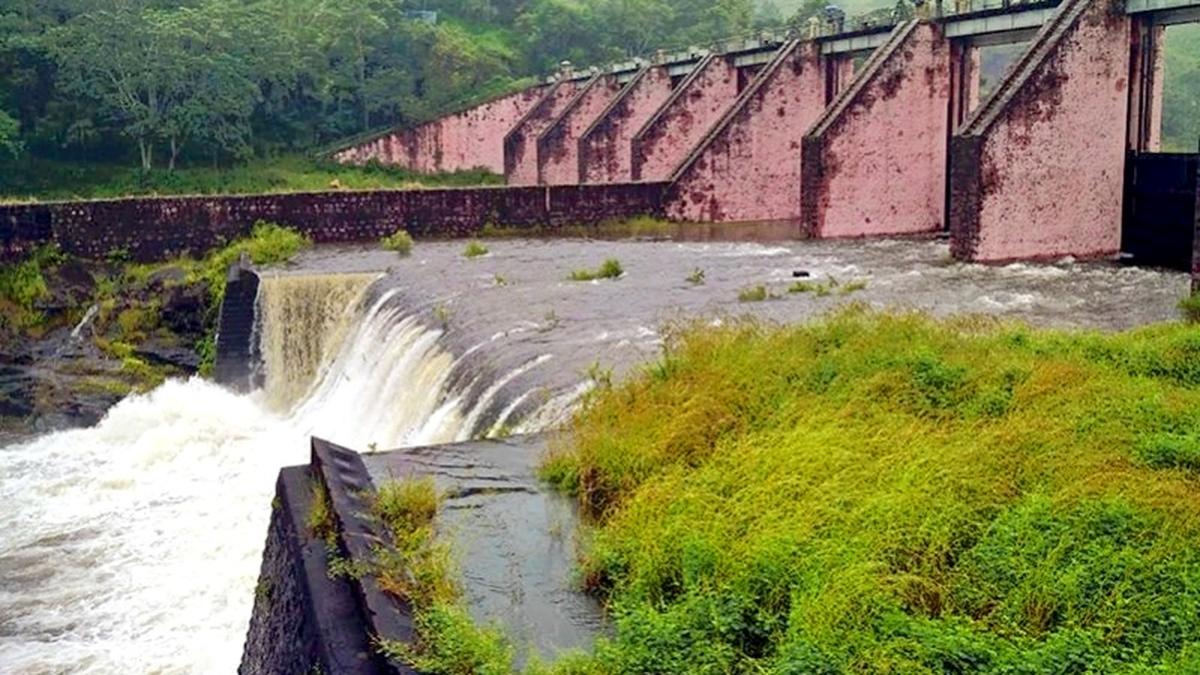
Why is there a fresh row on Mullaperiyar? | Explained Premium
The Hindu
Mullaperiyar row: What are the stated positions of Kerala and Tamil Nadu on the dam in Idukki district? Why is Kerala seeking fresh terms of reference? How has Tamil Nadu responded? Which State uses the water from the dam? How old is the construction?
The story so far: The Expert Appraisal Committee (EAC) of the Ministry of Environment, Forest and Climate Change (MoEF) cancelled its May 28 meeting, which was supposed to consider Kerala’s request for a new Terms of Reference (ToR) for conducting an Environment Impact Assessment for a new dam at Mullaperiyar in Idukki district. The meeting was cancelled at the eleventh hour without assigning any reasons. The top officials of the Irrigation Design and Research Board of Kerala, who reached New Delhi for the meeting, were informed that the meeting had been deferred.
Any development related to the masonry gravity dam at Mullaperiyar, which is located in the Idukki district of Kerala and owned and operated by the neighbouring State of Tamil Nadu, is keenly contested by both States at all legal and governmental levels. The Kerala Government’s latest move to get a new ToR as part of the groundwork for constructing a new dam in place of the 128-year-old structure too invited a sharp response from Tamil Nadu.
Editorial | Time to talk: On Tamil Nadu, Kerala and the Mullaperiyar dam row
Kerala decided to move the EAC for a new ToR for the new dam as the earlier one issued on November 14, 2018, with a lifespan of five years, had expired last year. The State needed a new ToR for preparing the EIA to estimate the possible environmental impacts of the construction of a new dam.
Kerala’s move irked Tamil Nadu, which depends on the water released from the dam to irrigate its arid Theni, Madurai, Sivaganga and Ramanathapuram districts. Chief Minister M. K. Stalin shot off a letter to Bhupender Yadav, the Union Minister of the MoEF, seeking to issue directions to the officials of the Ministry and the Member Secretary of the EAC to drop the agenda of ToR from the meeting.
Tamil Nadu objected to the EAC agenda by arguing that the decision to consider Kerala’s proposal amounted to a violation of an earlier order of the Supreme Court. Mr. Stalin stuck to the consistent position of Tamil Nadu that the existing dam was repeatedly found to be safe by various expert committees and the top court had passed orders to this effect on two occasions. Tamil Nadu went on to argue that the Supreme Court had specified in 2018 that its permission was required for any such studies. It also concluded that Kerala’s decision to take up an EIA study for a new dam and the decision of the EAC to consider the request for permission would amount to contempt of the Supreme Court. The State government also dropped hints that it would initiate legal action, including filing contempt of court petitions if the orders of the top court were not adhered to on the issue.
The State argues that Kerala needs an extensive EIA considering the changed environmental scenario, especially the back-to-back floods in 2018 and 2019 as part of its preparatory works. A new data set covering various environmental aspects was needed, it argues. A new ToR and EIA are the prerequisites for such an exercise, according to Kerala officials.

The Karnataka government has drafted a comprehensive master plan for the integrated development of Kukke Subrahmanya temple, the State’s highest revenue-generating temple managed by the Hindu Religious Institutions and Charitable Endowments Department. The redevelopment initiative is estimated to cost around ₹254 crore and aims to enhance infrastructure and facilities for devotees.












